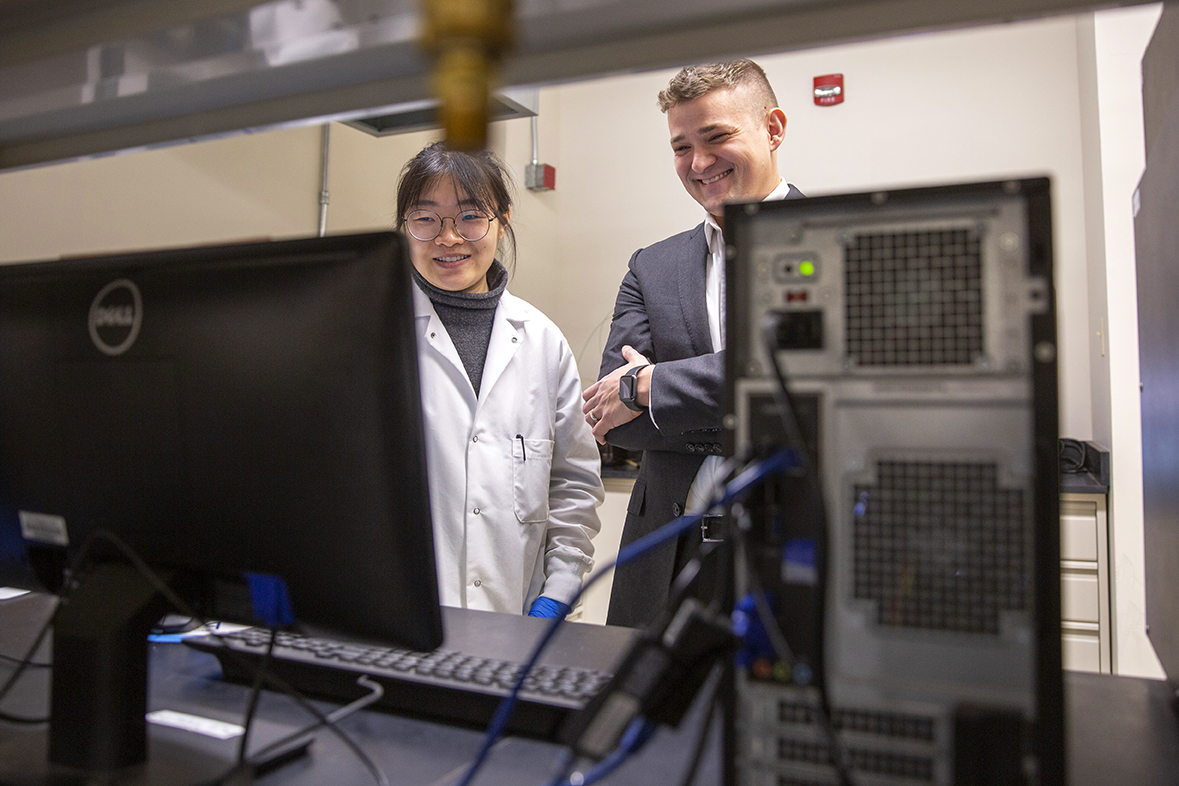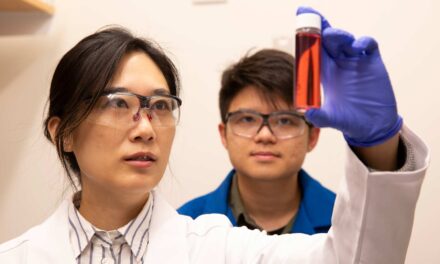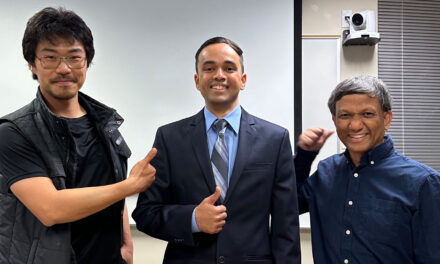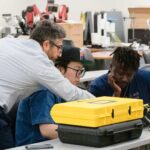
Salts and polymers research cooks up NSF CAREER Award
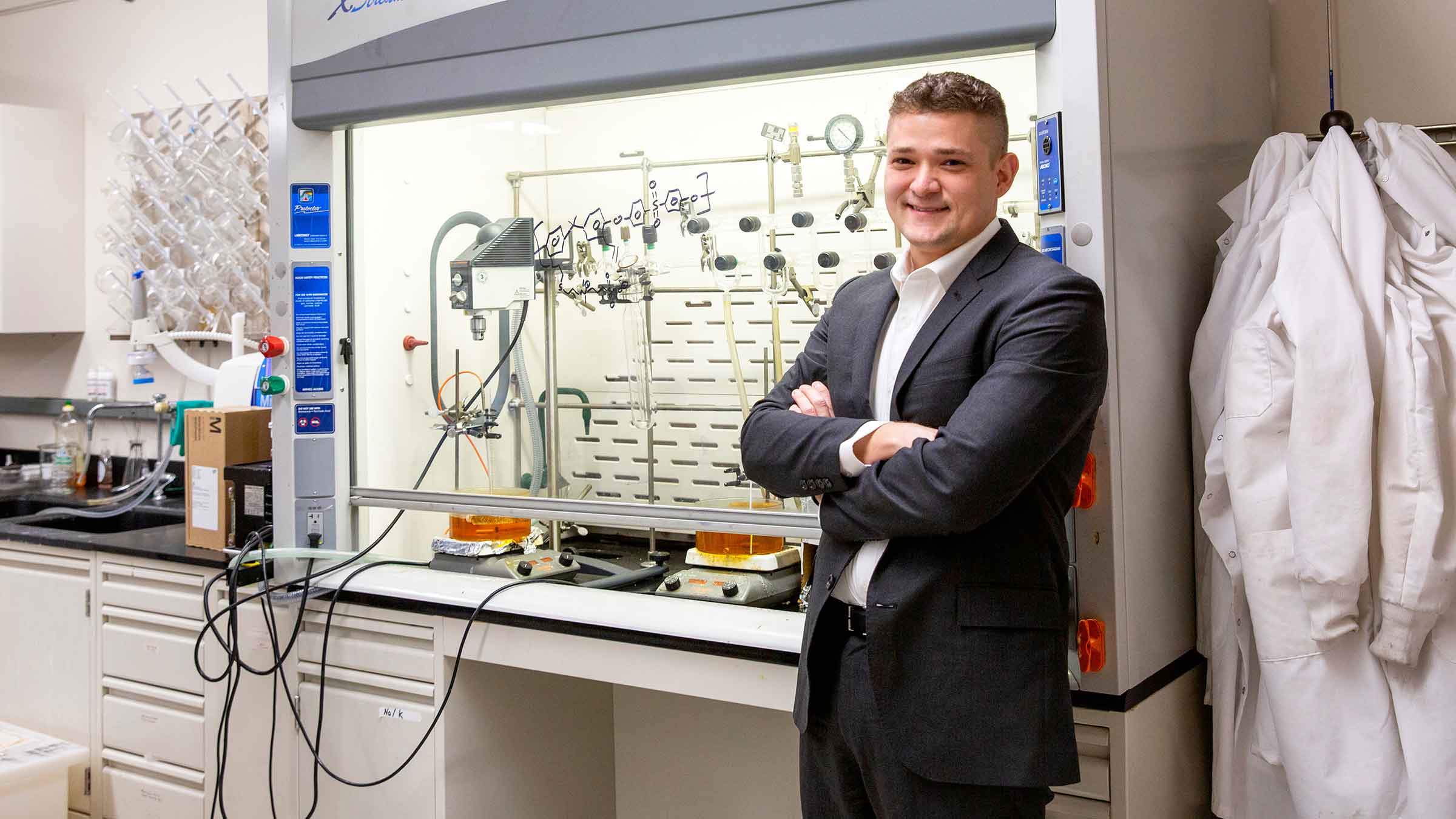
Above: Assistant Professor Matthew D. Green is one of 10 Ira A. Fulton Schools of Engineering faculty members to receive an National Science Foundation CAREER Award for 2018 to 2019. He will develop a modular synthetic strategy to control the amount and type of charged groups within polyelectrolyte block polymers.
Ten faculty members in the Ira A. Fulton Schools of Engineering have received NSF CAREER Awards between September 2018 and April 2019.
Charged polymers show up all around us in biology, as commercial additives in everything from shampoo to food, in water treatment and more. Recently, they have also been used as desalination or gas-separation membranes, as well as for high-performance coatings. These polymers require organization and assembly at the nanometer scale, which is often difficult to predict and control in polyelectrolyte systems.
Matthew D. Green, an assistant professor of chemical engineering in the Ira A. Fulton Schools of Engineering at Arizona State University, is developing a modular synthetic strategy to reproducibly control the amount and type of charged groups within polyelectrolytes. The work is supported by a $519,338, five-year Faculty Early Career Development Program (CAREER) Award.
“The novelty is in the development of a modular synthetic pathway to make the polymers,” says Green. “It will allow us to validate current models and simulations, and advance the knowledge in the field of microphase separation of charged block polymers.”
There are evolving theories in polymer science that describe the impact charged groups of polymers have on the equilibrium and kinetic assemblies of diblock copolymers (two different polymer chains that have been linked together). Polymers are made by many different methods, which means that something called polystyrene could have very different properties depending on how it was made. Block polymers further complicate the issue, resulting in polymers that should be the same but could have slightly different base characteristics.
“I designed a synthetic pathway that allows one diblock copolymer to be made and then functionalized with different salts,” says Green. “In this way, only the salt varies between any two polymers. Therefore, the impact of the salt on the assembly characteristics and rheological properties can be isolated.”
Using this pathway, researchers can take a comprehensive look at how the amount of salt, the type of salt, and the type of polymer surrounding the salt all interact to dictate the assembly and properties of the polymer. Because of the modular synthesis pathway and its replicability, the polymer can be redesigned to study new salts of interest.
“Most of what my lab does involves charged polymers,” explains Green. “The charge group might aid salt rejection, ionic liquid solubility that then promotes CO2 capture, or impart a unique morphology. So, this CAREER award is tied to everything we do since it seeks to fundamentally probe how charge impacts the morphology and mechanical properties of the polymer.”
Part of any NSF CAREER Award is an outreach component. Green will provide educational materials related to polymer science to local K-12 teachers, and train those teachers in integrating problem-based learning into their curricula. The project will also engage undergraduate and graduate students, and highlight the importance and impact of polymer science to the community at large.
Green says that his background in polymer chemistry and polymer physics helped him in earning this award.
“The panel identified several things about me and my proposal that made it highly competitive for funding,” says Green. “The technical idea included a comprehensive study of ion-containing block copolymers, which could have big impact in the field and is unique. [My] proposal included prior results that highlighted my capabilities and expertise, and gave the panel confidence that I am qualified to complete this study.”
The expected outcomes of this project are a set of design rules that thoroughly describe the charge-charge and charge-polymer interactions in block polymers.
“These rules will impact the design of polyelectrolytes and could have profound consequences for biomaterials, batteries, membranes, coatings and performance materials,” says Green. “I’m excited to get started!”
